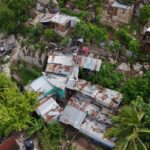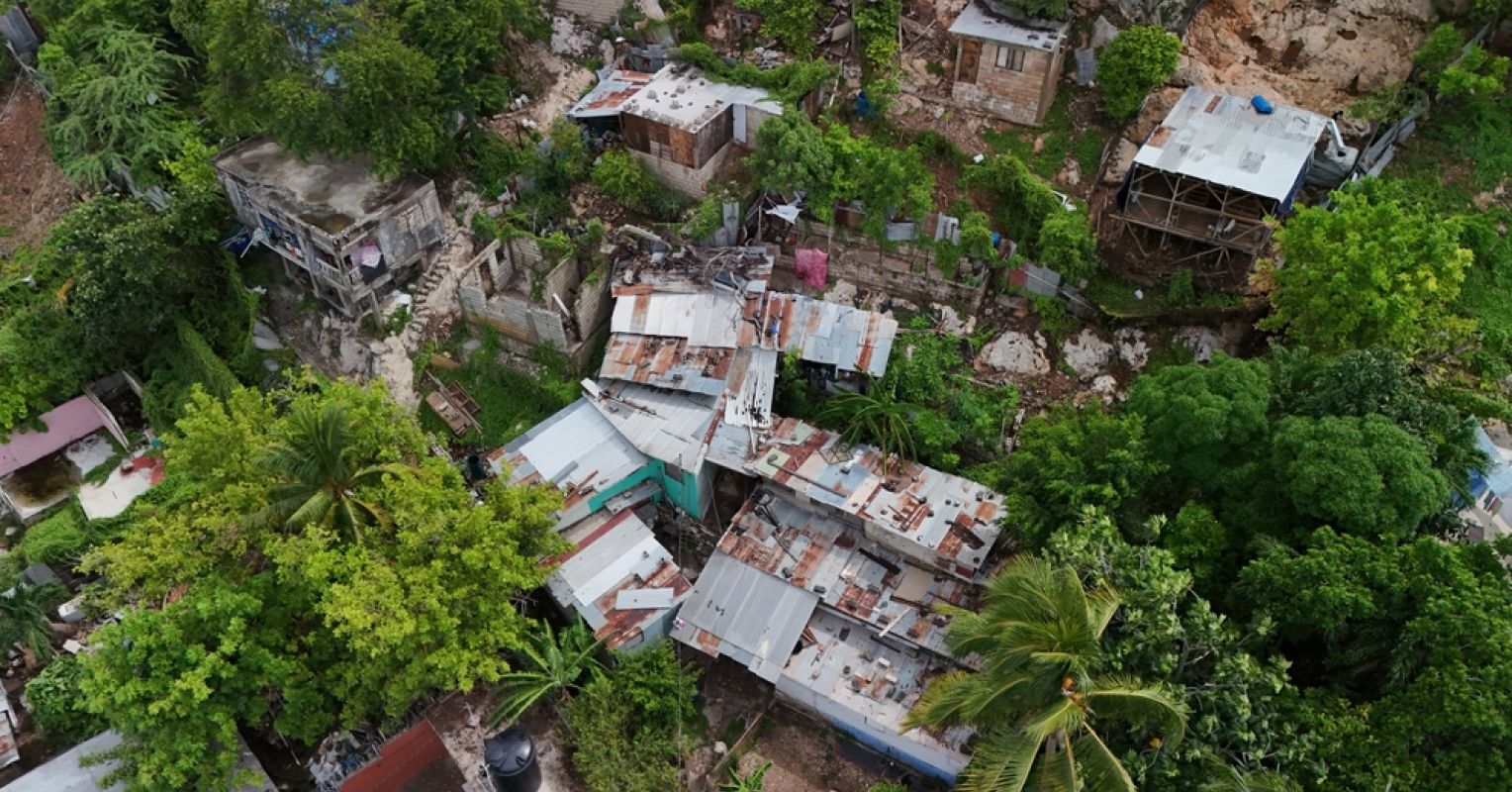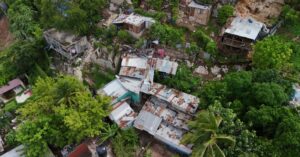From changes to asylum laws and removal of temporary protected status, to the separation of families at the U.S. border and threats to end the protections guaranteed under the Deferred Childhood Arrivals Act (DACA), harsh immigration policies enacted over the last 10 years have left behind serious psychological trauma for many Latinx adults, youth, and families (Barajas- Gonzales, Ayon, Torres, 2018, Greene, 2018). Evidence from studies completed between 2017 and 2021 suggests that Latinx immigrants have experienced increased emotional distress—including depression, anxiety, PTSD symptoms, isolation, and social disconnection—that is closely linked to enforcement of aggressive immigration policies (Rabin et al, 2022).
Researchers have called this emotional and mental distress—triggered either by the threat of disruption or actual upheaval—psychological violence (Barajas-Gonzalez, Ayon,& Torres, 2018). This aligns with the World Health Organization’s definition of violence: “The intentional use of physical force or power, threatened or actual, against oneself, another person, or against a group or community, that either results in or has a high likelihood of resulting in injury, death, psychological harm, maldevelopment, or deprivation” (WHO, 1996).
Currently, the Latinx community in the U.S. is facing significant changes to immigration policies that could result in some of the most insidious forms of psychological violence. Take, for example, policies geared toward facilitating mass deportations, which are likely to involve widespread family separation. It is well-documented that even the threat of detention and family separation, let alone the acts themselves, is enough to create fear, anxiety, and preoccupation for undocumented or mixed-status Hispanic families (Barajas- Gonzales, Ayon, Torres, 2018).
Another example can be seen in changing enforcement practices, such as the recent executive order allowing Immigration and Customs Enforcement (ICE) into traditionally “sensitive locations” like schools, churches, and hospitals. Such a change is likely to create a climate that will not only induce fear in Latinx individuals but also discourage them from accessing resources that might otherwise create and sustain resilience. In fact, several colleagues have recently communicated to me that some of their in-person clients have opted for switching to telehealth treatment out of fear of being out of their homes and potentially exposed to ICE checkpoints. Parents in my own community, which includes a mixture of documented and undocumented individuals, have recently received letters home from their children’s schools detailing how the school is prepared for possible ICE raids and informing parents of how they can stay prepared and what their constitutional rights are in case they are confronted by ICE. This prompted some parents to question whether they should send their children to school at all during times of known ICE presence in the area.
For many immigrant Latinx people, living under the specter of fear and persecution is a day-to-day state of being. For anyone, the perception that a threat is unending and inescapable is linked to major psychological trauma and severe disruptions in the nervous system. The consequences can be severe, often span multiple domains of functioning, and are harder to treat than singular traumatic events.
Needless to say, the long-term impact of such violence can be catastrophic for Latinx communities—and given the prolonged exposure that immigrant populations in the U.S. have had to such chronic stress in recent years, there are new concerns to be aware of. Recent developments in the trauma field have given us new insight into the damaging effects of persistent and morally loaded trauma.
Complex PTSD is now an official diagnosis with a more severe range of symptoms that includes disruptions in self-perception, affect regulation, interpersonal relationships, and worldview. Emerging research on moral injury—a psychological reaction that can occur after a person takes part in, witnesses, or fails to prevent an event that goes against their moral code—suggests that morally injurious events can result in severe social disconnection, alterations in self-concept, shame, disgust, anger, and suicidality. More and more, research on the impact of family separation, fear of detention/deportation, and anti-immigrant rhetoric appears to highlight the incidence of what looks like C-PTSD and moral injury in immigrant populations. Tragically, these outcomes are already upon us and will likely continue to develop among Latinx immigrant communities.
Compounding the damage is the widespread reality of anti-immigrant rhetoric. Terms like “illegals” when referring to undocumented people and “migrant invasion” when referring to any upticks in the flow of migration to the US, serve to dehumanize those here without proper authorization. This language is often used to bolster the narrative that immigrants are responsible for “stealing” American resources like jobs, academic placements, and government aid. At best, this narrative reinforces the need for the draconian policy and enforcement; at worst, history shows us that dehumanizing language and subsequent law changes that target specific groups are often the first steps of larger-scale crimes against humanity.
The Road Ahead
While there are no easy answers or solutions to these problems, there are steps that Mental health professionals can take to navigate this reality. I’ll share just one example here (with further illumination of these ideas to come in subsequent posts). As professionals, it is essential that we faithfully document and accurately name or describe what we are seeing in our consultation rooms or research labs when it comes to our work with immigrants and children of immigrants. This requires strong cultural competency and a deep understanding of the varying physical, emotional, and psychological stressors and expressions in this population. Some questions to ask include: Is it externalizing behavior due to ADHD or autonomic hyperarousal and dysregulation due to trauma? Is it poor social skills—or is it internalized racism and/or a rooted conviction that one does not belong? Is it a generalized anxiety disorder or a chronic preoccupation with whether one’s undocumented family will be safe?
That we are able to have enough discernment to ask and answer these questions matters for the inevitable interventions these communities are likely to require.













